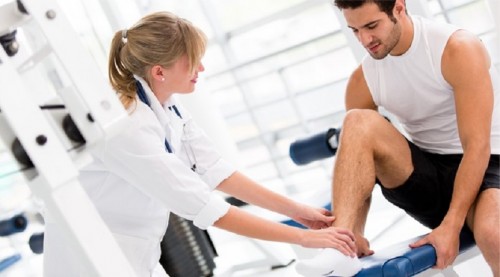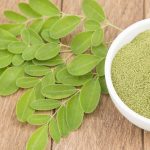Today there are over 80 massage techniques that are more or less popular. Some of them have been used for thousands of years. Among so many styles, how can you know which one is actually beneficial for you? These styles include the use of hands, oils, stones, even feet and elbows, and various degrees of pressure, rubbing, and moving of muscles and soft tissue. People go to massage for relaxation, but very often seeking help for certain health conditions. Depending on the reason why you are having a massage, the therapist should adjust the massaging technique to your needs, age, and condition. This knowledge is gained in a rehabilitation course or through practice.
Here are some of the best massage methods that are practiced today.
Swedish massage
This is the most common style. It focuses on relieving muscle tension and the therapist works the entire body. Swedish massage includes five basic strokes: effleurage (gliding strokes), petrissage (squeezing and rolling of muscles), friction (circular movements of thumbs and fingertips); tapotement (short tapping strokes mostly with the edge of the hand), and vibration (fingers are pressed on a muscle, and then the muscle is rapidly shaken for a few seconds). It is used both for relaxation and energy boost, and helps with injury and braking down scar tissue.
Deep tissue massage
While Swedish massage targets the first few upper layers of muscles, deep tissue massage penetrates to the deepest layers. The therapists use slow strokes, and apply pressure with fingers, thumbs, and sometimes elbows. It focuses on the troublesome spots on the body, and relieves chronic pain and tension, such as back sprain, so it is very therapeutic. Neuromuscular massage focuses on individual muscles and intense knots, and relaxes the nerves that are tense due to muscle injury.
Sports massage
The techniques used in sports massage are quite similar to Swedish and deep tissue massage, but it is designed to help athletes, both professional and amateur, with training. Most importantly, it is used to prevent injuries. Before a sports event, it can be used to warm up the muscles, and after a sports event to improve recovery. These skills can be mastered in a rehabilitation course or through practice.
Rolfing
This particular technique is concerned with bad posture and seeks to strengthen the body and improve the posture. It can be painful sometimes, but the pain is bearable given that bad posture can lead to different health problems of varying severity (headaches, backaches, etc.). Hellerwork is a form of Rolfing that includes also mental posture re-education. In addition to a massage, you also get lessons on how to break bad posture habits.

Trager
This is a massage intended for people that injured a part of their body earlier in life and are still unconsciously sticking to the behavioural pattern as if they were still injured. For example, if you injured your left knee as a child, you might still be shifting weight to your right leg. The massage is done with light and gentle shaking moves.
Craniosacral therapy
Craniosacral therapy is a gentle massage of the skull and spinal column. The idea is that the manipulations of these parts of body can reduce tension and annul any trauma to the head that a person might have experienced before. However, the therapist must be very gentle and careful, and must apply only light pressure.
Shiatsu massage
In shiatsu massage, the pressure is applied to the so-called acupressure points, using fingers. Acupressure points are considered to be very important points for the flow of chi – the vital energy of the body, and the massage is believed to unblock these points.
Have you ever had a massage? What kind and what was its purpose?









